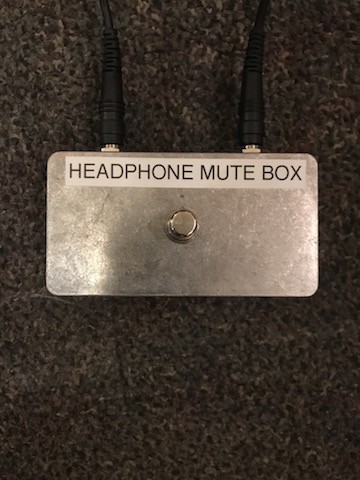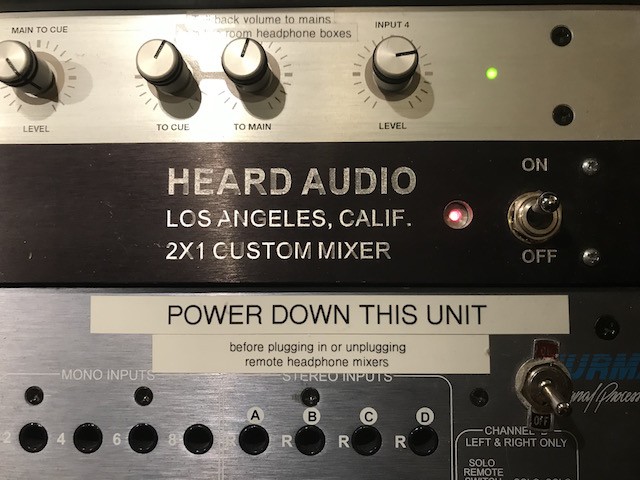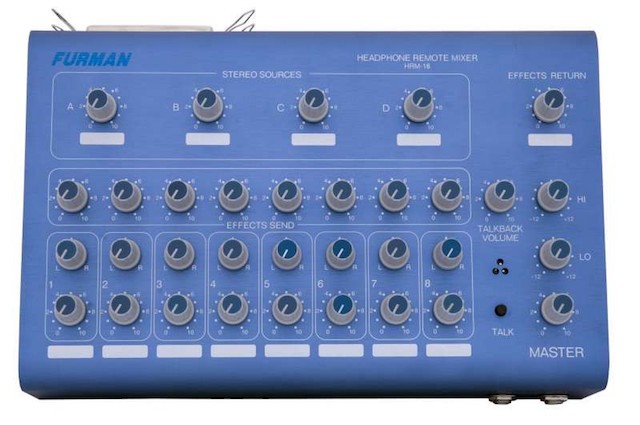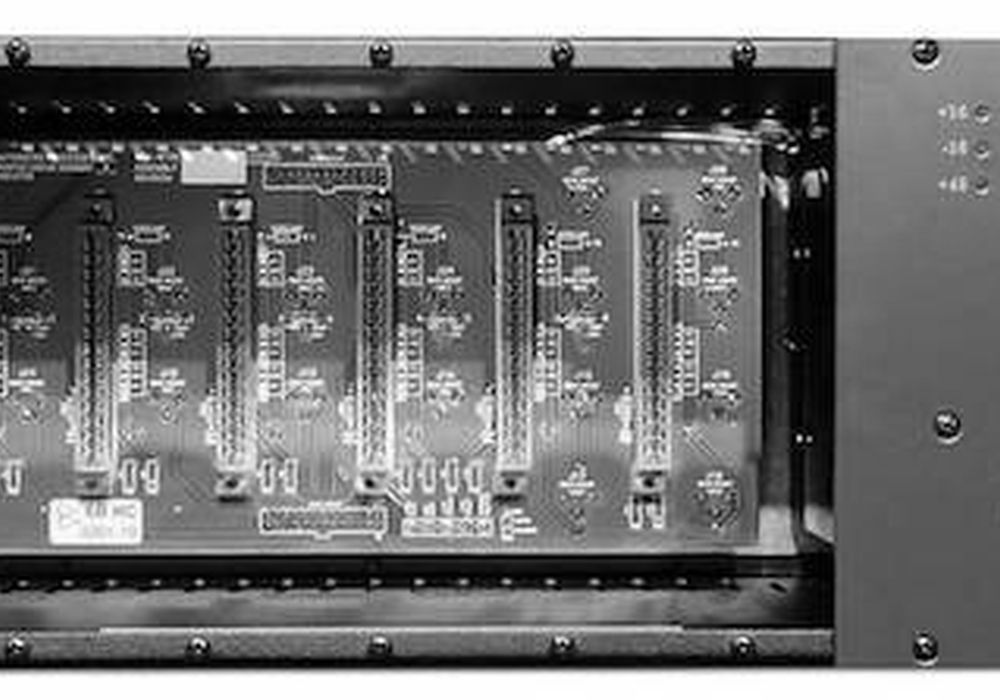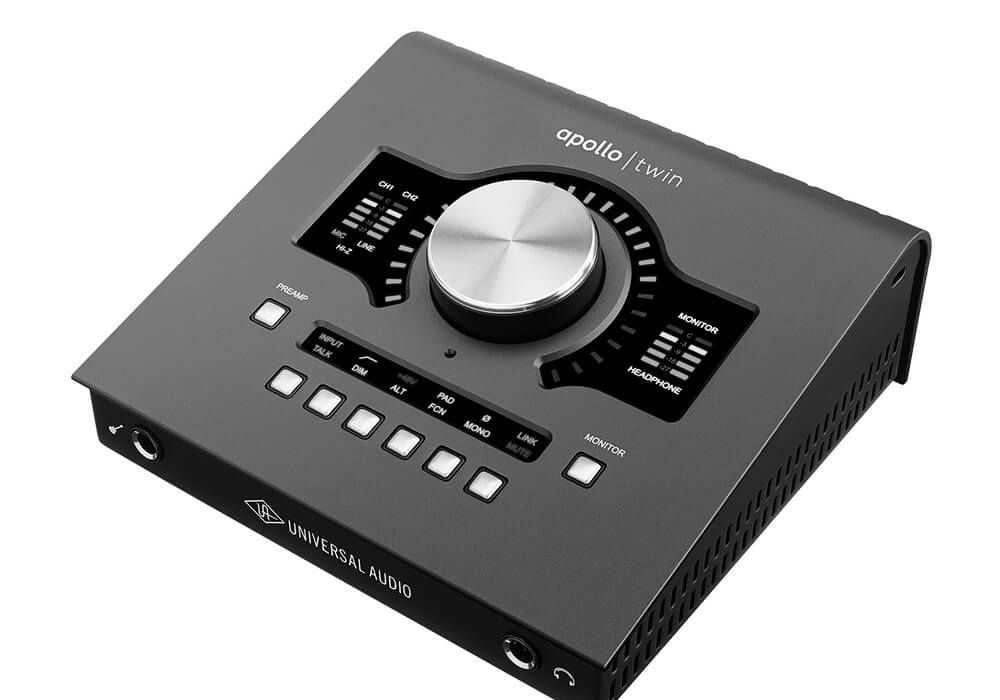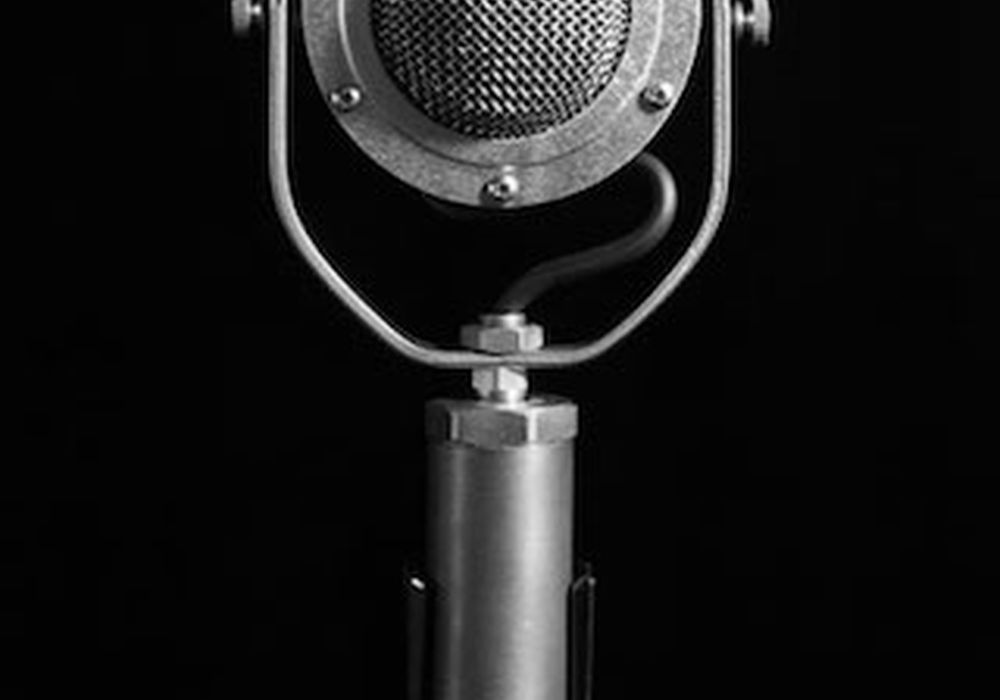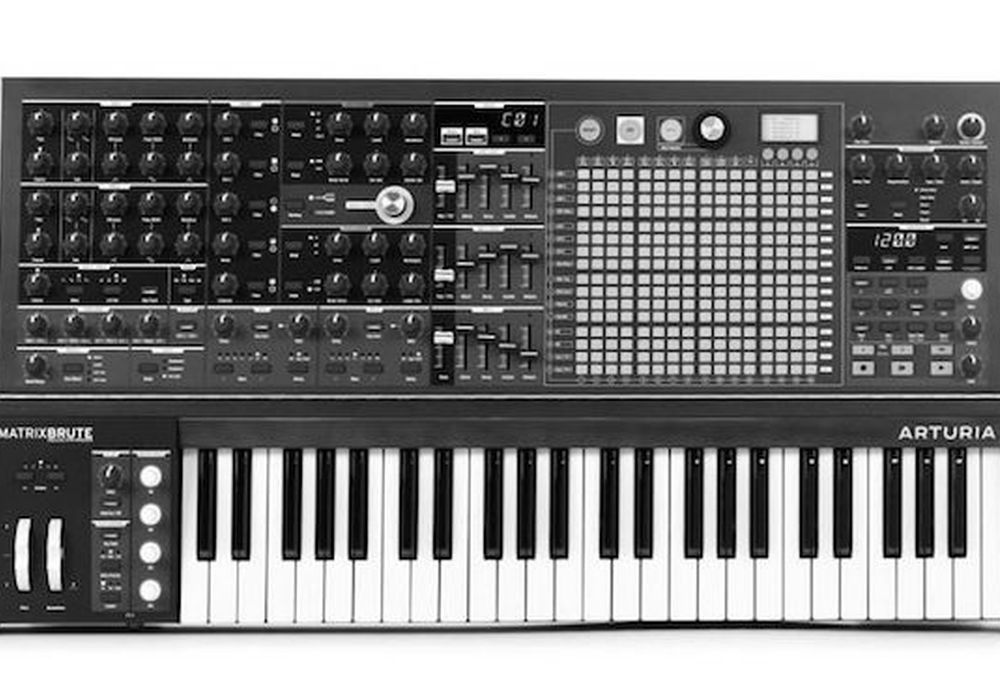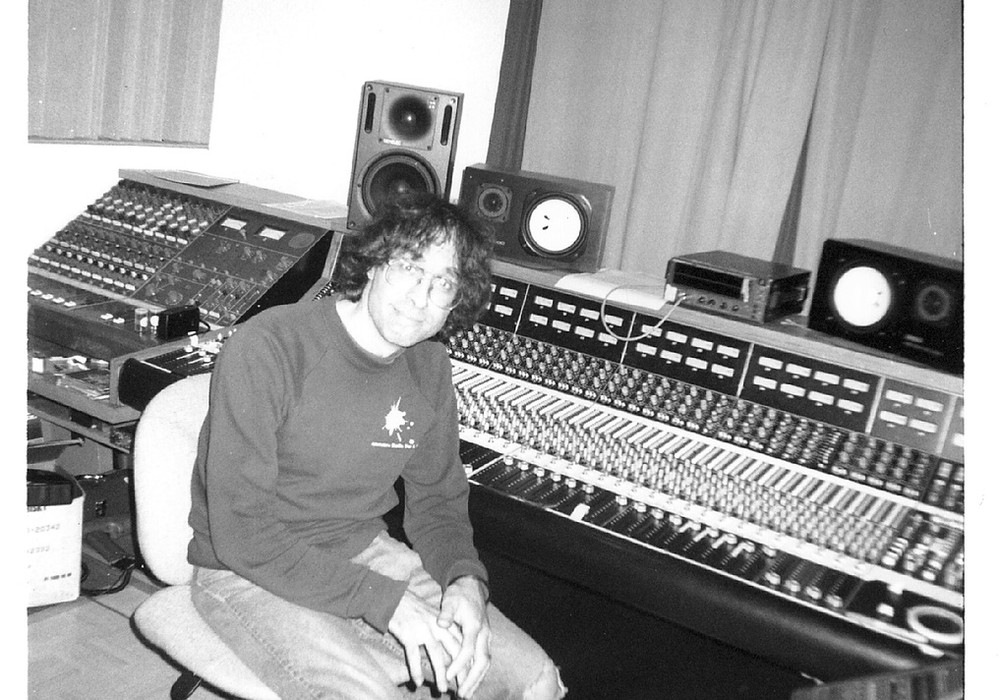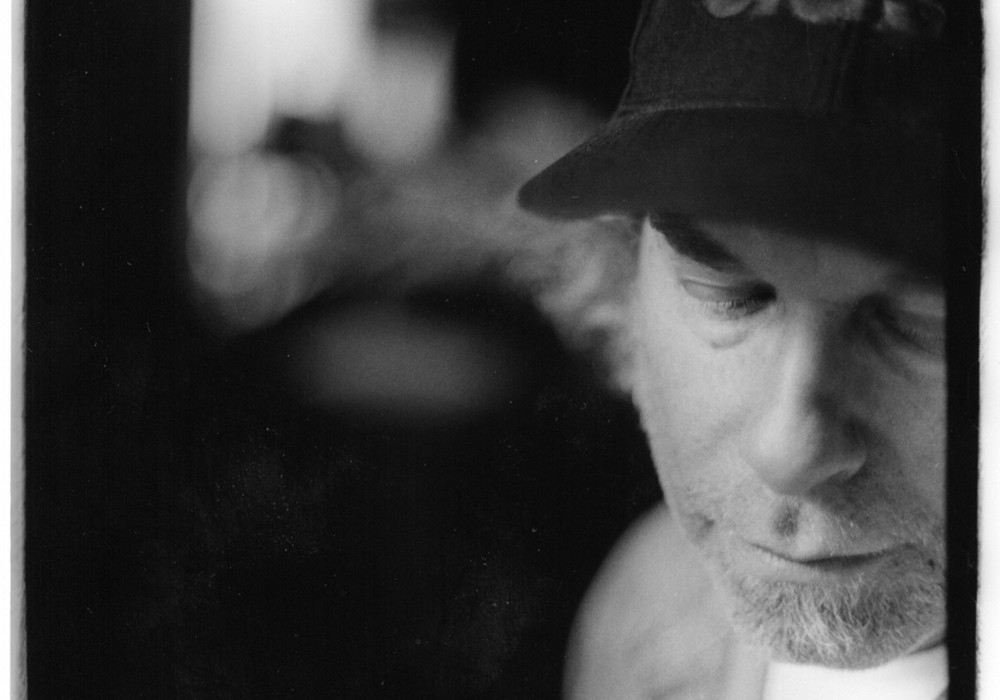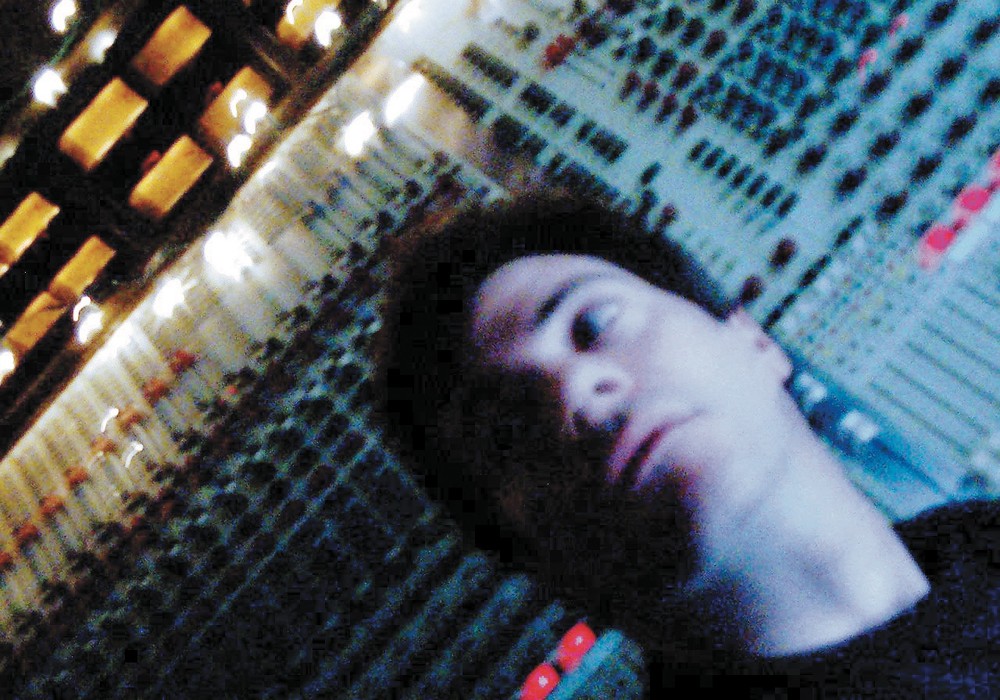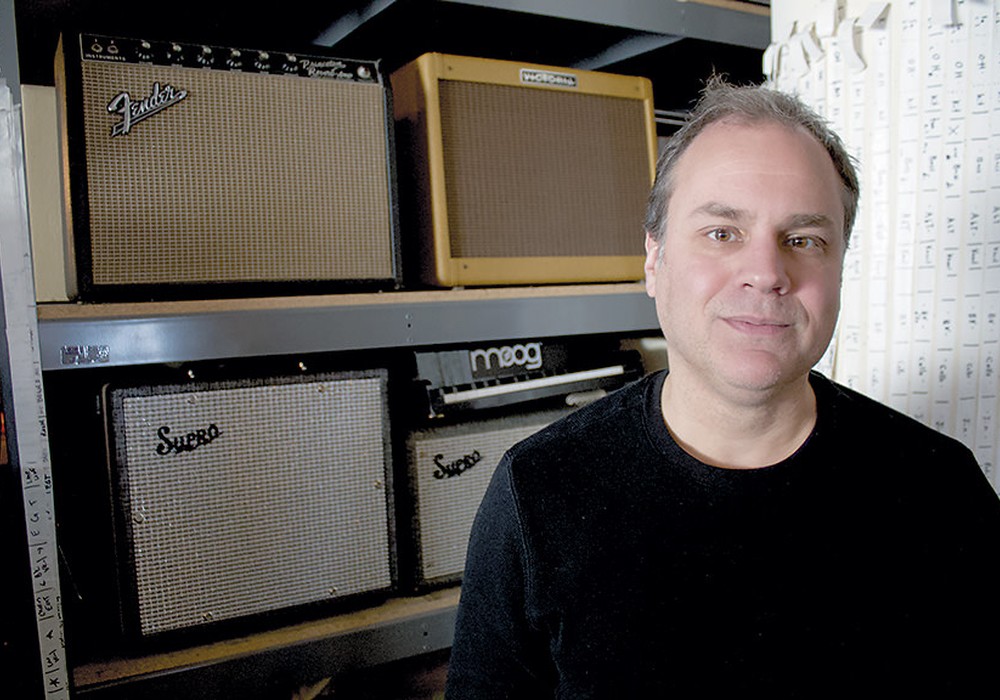We’ve started doing these online buyer’s guides at Tape Op, and it got me thinking; what could I write about that would be a little out of the norm or unexpected? Studio geeks get so darn excited about analog gear, but mostly that seems to lean towards consoles, microphones, tape decks, preamps, compressors, effects, and that “glamorous” stuff. But what about the analog-based tools that help make our jobs easier that don’t get all the attention? Some of which no one ever seems to even talk about? Here’s my list of the tools that are less-than-exciting that make my recording life run a lot smoother.
Little Labs IBP/IBP Junior
I don’t use the IBP a lot, but when I do there’s nothing else that really does this job properly. The In-Between Phase box is a simple 1/4 rack space device that uses an analog all-pass filter to shift the relative phase or polarity of a sound between the basic 180 degrees allowed by a polarity switch. I almost exclusively use this for lining up the DI bass signal to a bass amp track, as the DI sound always “arrives” first. Dialing in the phase by hand is interesting, as when I look at the track in Pro Tools later it’s never where I would line up waveforms visually, but it sounds right. The regular IBP has a built in DI, though I never use it as mine’s racked in the control room. I have a Junior racked up right next to it as well, just in case I need two!
Buy From Sweetwater
Buy From Reverb
Buy From Vintage King
Little Labs Redcloud 8810U8ERS
This is a genius product. This 1/4 rack space box is simply a balanced passive attenuator that can be used to reduce the output of high-gain preamps, to adjust levels when dumping tapes to digital, or any situation where gain needs to be reduced. I frequently use it to balance the output of my plate and spring reverbs, keeping the left and right channels in proper perspective. I also use it to attenuate the inputs of the monitors in the live room, so that we can control the level independently of the control room. It has 8 channels, and can be switched to 4 stereo pairs as well. When you need this box, there’s nothing else that can do the trick.
Buy From Sweetwater
Buy From Reverb
Buy From Vintage King
Radial EXTC
I used to pull out my Fulltone Tube Tape Echo (based on the venerable Echoplex) to use on mixes, and then I’d have to look for a mic preamp with a DI input and then go in the live room and grab a mic cable and a Reamp box to feed the input of the TTE. What a pain. Now I just grab two guitar cables, plug them into the front of the EXTC, and boom, I have line level ins and outs from my guitar level tape delay. The variable I/O levels, mix control, and more make settings a breeze. This 500 Series device makes it so much easier to hook up stompboxes to a line level mix that I’m far more likely to try “the crazy shit” when mixing now, and I bought two. Fun!
Buy From Sweetwater
Buy From Vintage King
Buy From Reverb
Drawmer Powergate DS501
All the kids that have been weaned on digital recording have no idea what the lure of a well-designed gate was to us old timers back in the analog days. Not having 16 hands to deal with all the mutes and fader moves, a gate could help turn off hissy analog reverbs or hide hum in guitar tracks. But it could also gate drums to reduce hi-hat bleed, and with the Powergate we were even able to add some attack back into the drum sound, sort of a precursor to the SPL Transient Designer (see below). As a way to control ADSR (attack, sustain, decay, release) to analog sounds, we could even change the way some instruments sat in a mix. I use gates a lot still for turning off reverb/echo returns in analog mixes, and tailoring the decay of reverbs. I also use them all the time for gating synths with a Key signal from drums or click tracks, getting that cool, old school New Order synth pulse sound! We have 10 channels of dedicated analog gates at Jackpot!, and I frequently use all of them on effects returns while mixing.
SPL Transient Designer
As mentioned above, the Transient Designer allows us to control the ADSR of a sound via Attack and Sustain knobs. You can increase attack, or make a sound come in slower, and then make it sustain longer or fade out quicker. Dead sounding drums can come to life. Abrupt guitar solos can smooth out. Reverbs can be coaxed to enter the mix slowly. Shakers can become spikier or softer while retaining the same volume. This is an amazing tool.
Buy on Reverb
Buy on Vintage King
Hamptone Custom Headphone Mute Box
I recently mounted a Little Labs Monotor headphone amp around the back of our producer’s desk at Jackpot! so that clients could plug in headphones behind me and control their own volume without having long extension cables draping across my patchbay (danger!!!) and past my side racks to the artist hangout area in the back of the room. This is one of the best headphone amps I’ve ever heard, but when I’m mixing alone and wish to use one of its outputs, there’s no easy way to unplug or turn down the level when I alternate between monitors and headphones. I knew it’d be an easy build, but since I have Hamptone next door I bugged Scott Hampton to build me a little switch box to mute headphones by simply stepping on the box when I’m ready to listen or go back to monitors. It’s simply two 1/4-inch TRS jacks in a stompbox-style box with a footswitch on the top. Build your own! I bought one for my home rig as well. Think of all the wear on headphones you will save. Stopping the headphone bleed noise behind me during mixing, while retaining the headphone volume level? Awesome.
Heard Audio 2X1 Custom Mixer
For years I had a pretty average sounding Allen & Heath console, and I was pretty suspicious of its sound quality. I stopped using its preamps and EQ along the way, moving to outboard gear. When I discovered the tangible joy of double mic’ing guitar amps I was still tracking to tape, so I’d use the console busses to combine the mic signals in order to conserve tracks, but I always felt routing into the console degraded the sound. When I explained what I was doing during one of my Recording Workshops, attendee Ben Gebhardt said, “I could build you a little mixer to do that.” I think I paid $800 for this a few months later, and I still use this mixer all the time for guitar tracking. It’s been my experience that if I track two separate mic tracks from the same amp into Pro Tools that it never sounds as good on playback as the initial tracking (buy me a beer and we can discuss digital phase destruction), so tracking amps through the 2X1 is a great way to save tracks, commit to a sound, and keep the phase intact. I’ve even done two mic vocal takes, top and bottom snares, and other defiant acts of committing to decisions with this box. Way cool. It’s even mounted right above my patchbay!
Furman HDS-16 and HRM-16 Headphone Mixer System
On Sleater-Kinney’s All Hands on the Bad One tracking sessions (with my pal John Goodmanson), the band requested three separate headphone mixes. We were able to do that via the console, but Carrie Brownstein’s headphone mix would be affected every time we adjusted a fader level or soloed a track in place as there was no pre-fader button on that certain bank of aux sends. I was super bummed out that I couldn’t provide the same level of headphone mix for each player, so when I had some credit with a pro audio distributor I purchased this Furman headphone system. Furman no longer manufactures, or supports (a very important fact), this HDS/HRM system, so I’d be loath to recommend it to anyone. Plus it uses Centronics 50 pin SCSI connectors and cables to attach the HRM mixers to the HDS brain.
These are the worst things to solder up, and when my former manager Kendra Lynn set up Jackpot!’s wiring I think she lost her marbles soldering our breakout panels around the space. But having a system where one can send raw signals to the band and they can easily build personal mixes all over the studio is amazing. I know some forum-scouring asshat will read this and say, “I find controlling the artist’s headphone mixes allows me to sculpt their performances via what I send them.” Well, you can still do that with this or any headphone mixer or amp as well, so shut up. I’ve shaved hours off of sessions with this system, and I’d recommend every studio have something similar. Hear Technologies, Aviom, PreSonus, Allen & Heath, and Digital Audio Labs have similar devices out, and with Dante becoming such a powerhouse for audio distribution via CAT5, there will undoubtably be many more ways to get audio around the studio and provide even better options for personal mixing during tracking.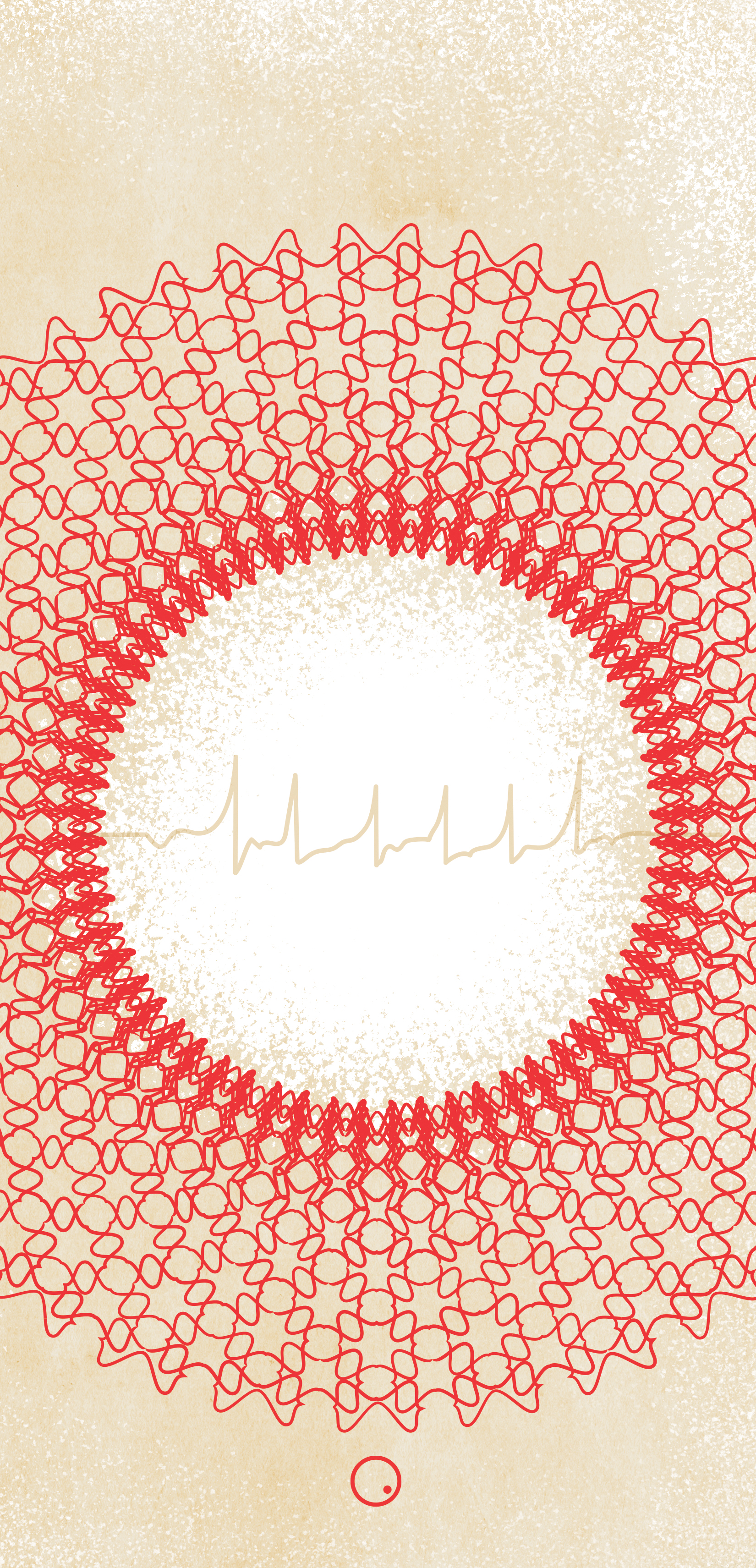

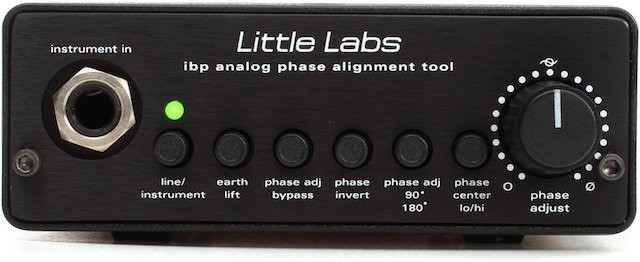
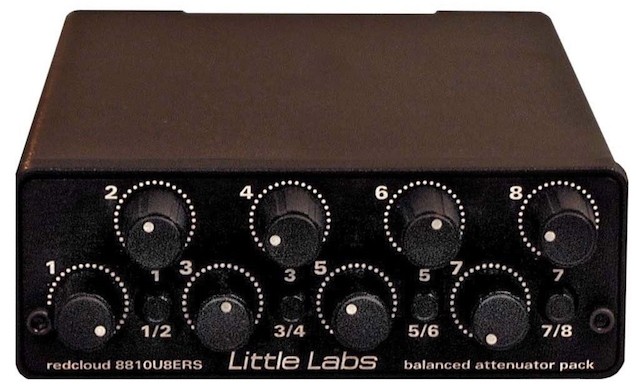
_3smFWq2_display_hires.jpg)


